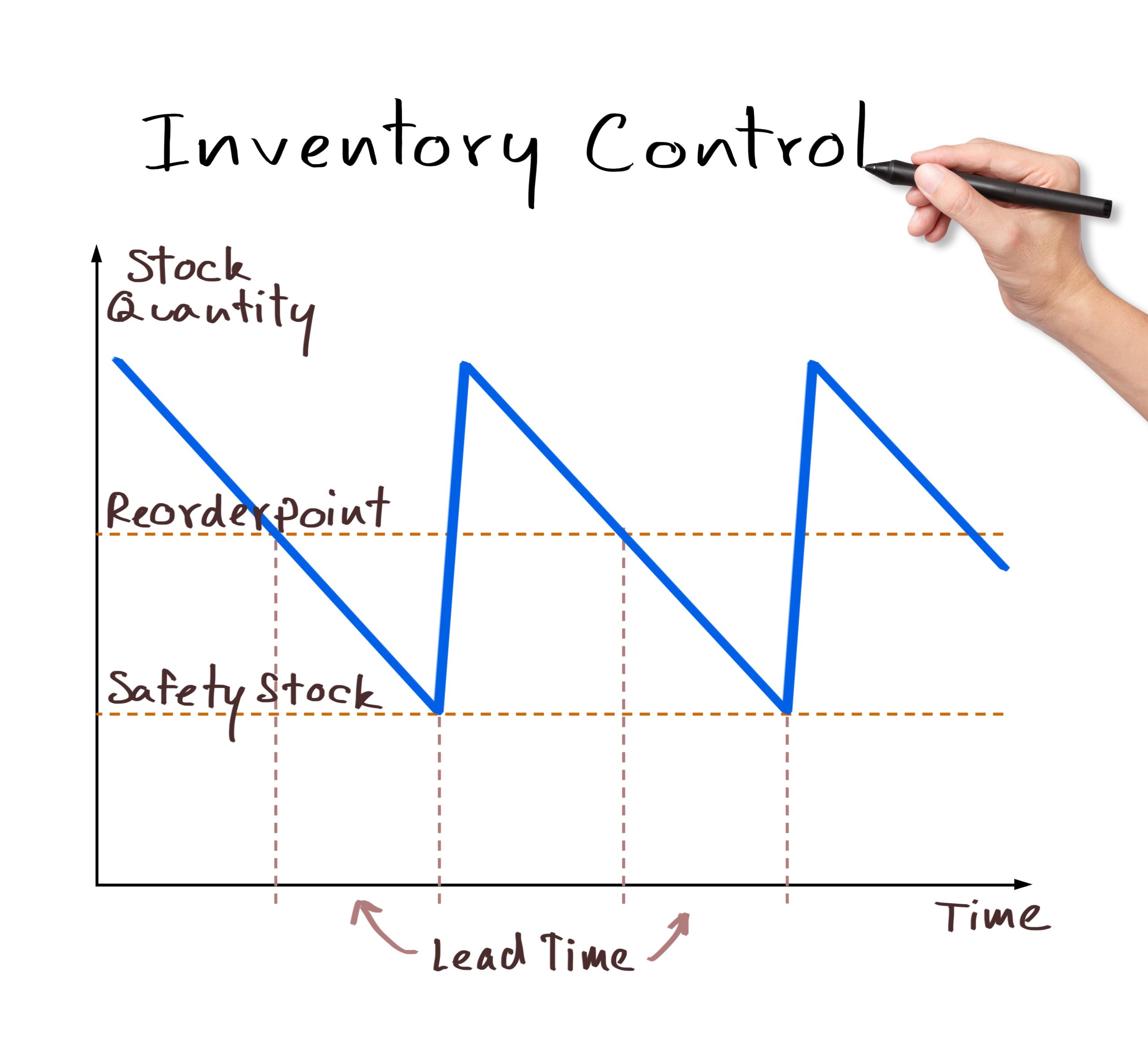The latest rejection of recent sick leave proposals by a freight railroad union has far-reaching supply chain implications for healthcare systems and their suppliers across the country. As other freight-based rail unions plan to join a proposed strike slated for this upcoming November, reports estimate up to 30% of the nation’s goods, including medical supplies, could experience transportation delays.
This news comes on the heels of a particularly rough flu season in other parts of the world where ongoing COVID-19 surges further compound its impact. It is no surprise that many U.S. physicians have lost faith in their suppliers’ reliability because of the uncertainty of natural disasters, healthcare crises, and ongoing issues that the supply chain generates.
To continue their ability to deliver high-quality medical care, many hospitals and smaller practices are searching for solutions to better prepare for future supply shortages.
Recognizing Why Healthcare Systems Suffer Supply Chain Issues
Before the COVID-19 pandemic, healthcare suppliers focused on cost-savings and scalability to compete for business. This business model caused an increased reliance on overseas manufacturers and raw material suppliers to produce needed goods. For example, prior to the pandemic, the U.S. was home to only three medical glove producers. The remaining demand had to be filled by foreign companies, primarily in Asia.
This reality leaves healthcare systems particularly vulnerable to shortages fueled by a range of factors, including unethical labor practices, health crises, natural disasters, and inflation.
Steps Healthcare Systems Can Take to Mitigate the Impact of Supply Shortages
With an eye to the future and recognizing that supply chain interruptions could, and likely will reoccur, hospitals and related healthcare organizations should prepare using the following best practices:
Assess Vulnerabilities in the Supply Chain
Implementing solutions to address supply shortages requires a thorough analysis of what factors contribute to the issue. Breaking down why problems arise and the underlying root of these vulnerabilities is essential when developing contingencies to mitigate these issues.
Be Engaged with Your Suppliers
The 2020 pandemic has brought into sharp focus how problematic widespread disruptions can be in every industry. Medical providers and healthcare organizations experienced more acute impacts as shortages of PPE, drugs, and life-saving equipment put patients’ lives at further risk.
To mitigate these impacts, providers need to be in regular contact with their suppliers. This added communication can help put into perspective the risk healthcare faces when expected goods don’t arrive so your vendors can stay ahead of disruptions.
Prioritize Reliable Medical Suppliers
This suggestion comes back to the idea that healthcare organizations have focused too much on cost savings instead of quality and reliability. Suppliers should provide facilities with equipment and goods that are free of defects and made of quality materials above all else. Emergency purchase agreements should be available to ensure supply availability during shortages.
Diversify Your Healthcare Product Options
Any preparation for medical supply shortages needs diversification within your supplier network. This step might require organizations to research alternative equipment and goods to avoid putting all their eggs in one basket. Having a single vendor for one particular product increases the negative impacts caused by scarcity on the quality of care and ROI.
Be Strategic When Conserving Medical Supplies
Whether a healthcare system or hospital is currently experiencing a supply crisis or not, conserving its inventory should be an everyday habit. It is possible to increase inventory by simply reducing waste, which benefits your practice when supplies are hard to come by. This involves creating an organizational focus on reducing and reusing. For example, a pharmaceutical waste study found that 45% of cataract procedure drugs were disposed of after each procedure, having never been used. The financial loss was $190,000 for two of the four studied facilities alone.
Choose Medical Suppliers with Engaged Supply Chain Leaders
It is not uncommon for distributors and manufacturers to have leadership that only gets involved when the chain is in crisis mode. Instead, choose suppliers where leaders participate in the conversation and stay aware of customer impacts. Organizations that take this approach are more reliable and operate agilely.
Create a Collaborative Approach to Tech
In a world of technology, medical providers rely on data to recognize trends in supply inventory, usage, chain availability, and lead times. However, depending on digital management as a primary fix for supply weaknesses is only a partial solution.
Pairing technology with the systems and teams that produce and utilize medical goods and equipment can create a holistic approach that results in more comprehensive solutions and enhanced resiliency. By relying on staffers and leadership with frontline experience during shortages, their experiences can make identifying root causes of supply weaknesses a streamlined process.
Take Control of Medical Supply Shortages
Despite recent catastrophic events, additional supply chain disruptions will continue occurring. It is likely there will be more natural disasters and diseases that could disrupt the flow of goods and supplies in the near future.
It is imperative that healthcare facilities recognize what supply chain challenges impact their business and take actionable steps to mitigate their supply chain risks to provide quality care. From analyzing supply use trends to diversifying their vendor portfolio, the best practices shared in this article are recommended starting points to help organizations create a successful mitigation plan when shortages strike.
For assistance with supply chain disruptions, please submit a request for Short-Term Inventory Solutions.
Short-Term Inventory Solutions




